Join the VIP Teacher Club!
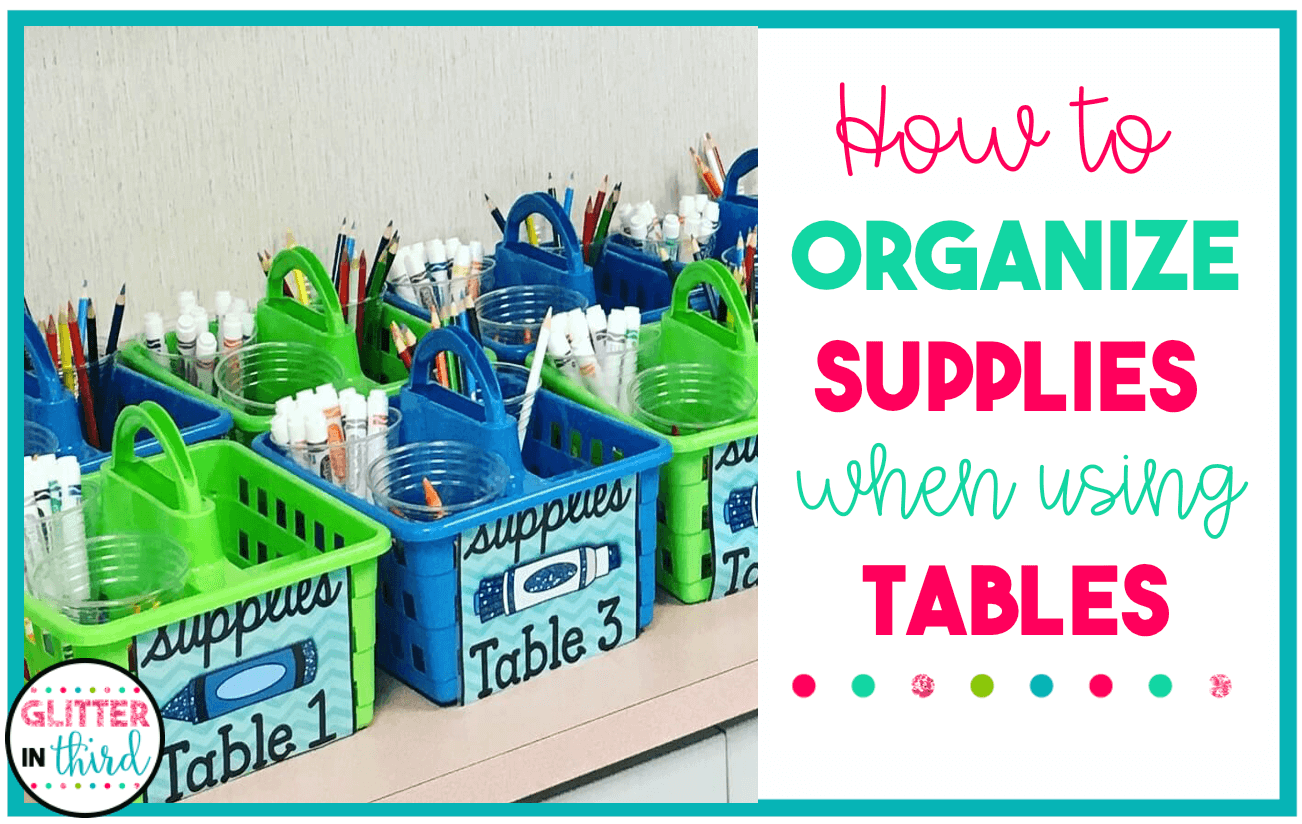
Looking for ways to organize student materials at tables? If you’re moving away from traditional desks and switching to tables in your classroom, one of your biggest questions might be: Where do all the student supplies go?
The good news? Tables can actually make your classroom feel more collaborative and open. The challenge is finding simple systems to keep student materials neat, accessible, and organized—without turning your room into chaos.
Along with establishing clear routines for supplies, I’ve found that starting the day with consistent Morning Meetings makes a huge difference in how students follow expectations. It sets the tone, builds community, and gives you a chance to revisit procedures in a positive, structured way. (I use my Morning Meeting Slides to make this part of the day easy and meaningful.)
Here are some tried-and-true tips for organizing student materials when you use tables instead of individual desks to organize supplies, books, and folders.
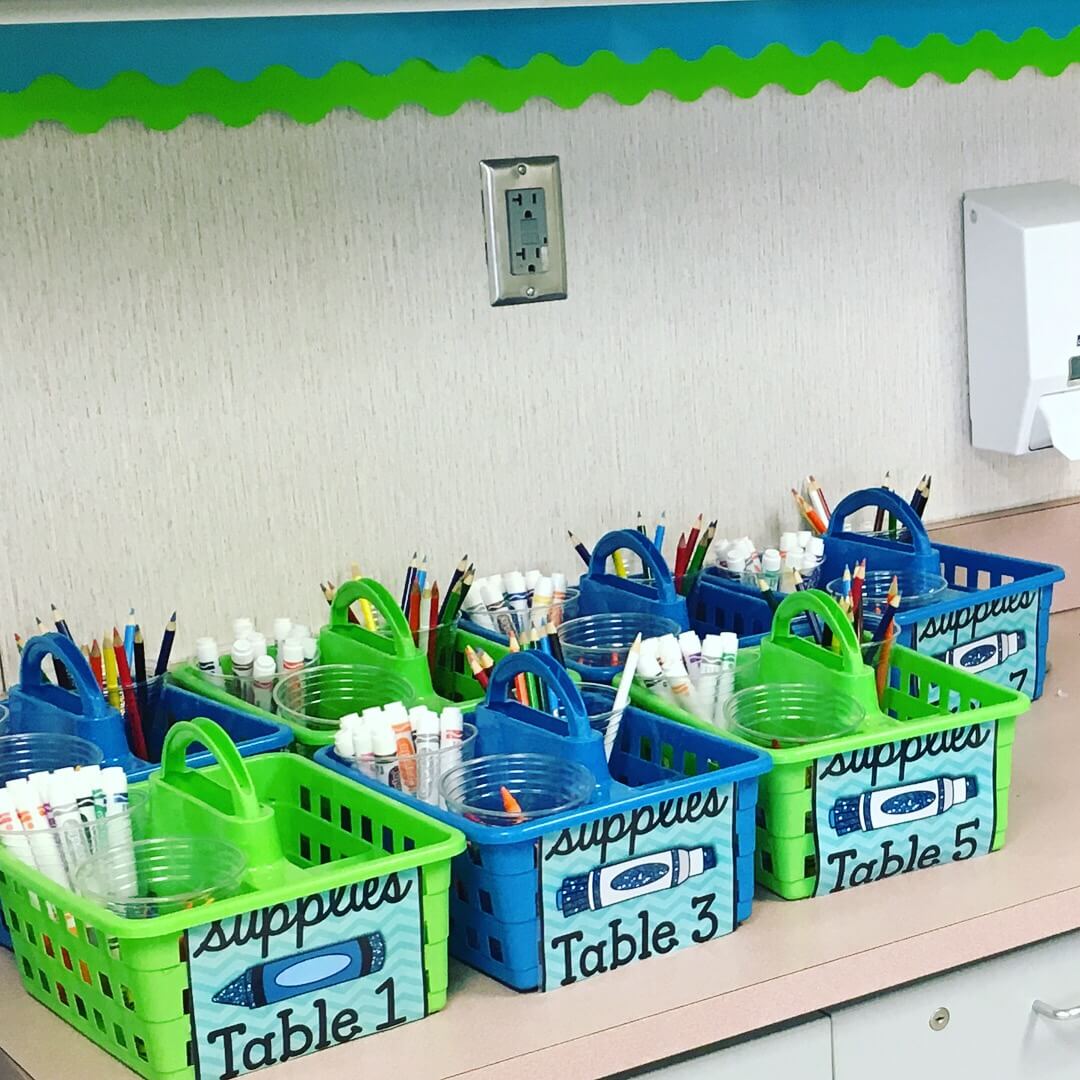
All shared supplies—like markers, glue, scissors, highlighters—go into table caddies.
But here’s the key: they don’t stay on the tables.
I store each caddy on a designated shelf or cart. When we need them, I simply say, “Table leaders, please grab your caddies.” This avoids distractions and keeps the table surface clear.
The only supply that stays out is a pencil cup in the middle of each table. It’s stocked with sharpened pencils each morning so students can grab one without getting up or digging through bins. I don’t allow students to sharpen pencils during the day—it’s a classroom job! One student sharpens all the pencils at the end of the day. We also have a “sharp” and “unsharp” cup in the room so students can quickly swap out a dull pencil without disruption.
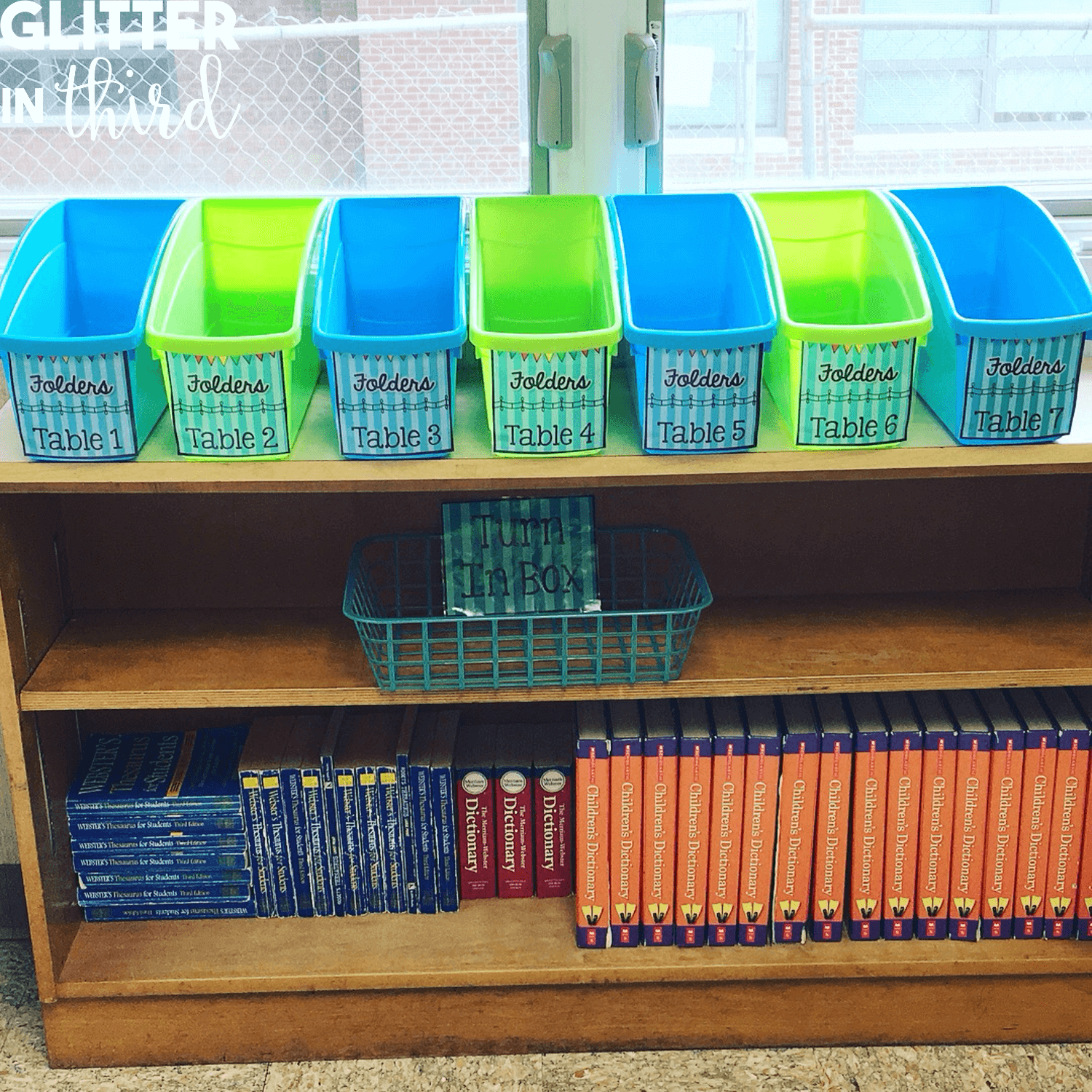
Each student has an Unfinished Folder for incomplete work or important papers. These folders are stored together in a bin labeled by table number in one section of the classroom. When needed, the table leader retrieves the bin for their group. This system helps reduce clutter and makes transitions more efficient.

Each student has a labeled book bin stored away from their table—never on it. Inside the bin are up to three independent reading books. That’s it. Keeping bins off tables prevents distractions during lessons (no sneaky reading mid-mini lesson!). Students know when it’s okay to get up and retrieve their materials, or I’ll call table groups when needed.
Water bottles stay on the floor next to students’ chairs—never on the table. This helps keep the workspace clear and prevents spills. At the end of the day, all water bottles go up on the table so custodians can sweep and clean the floors properly.
One of the most important expectations in a classroom with tables: keep the surface completely clear. Visual clutter makes it harder for students to focus and can lead to lost or damaged materials. At the end of the day, the only thing allowed on the table is a water bottle. No loose papers—those go in folders. Books go in book bins. Pencils stay in the cup. Everything has a home, and students learn to return items where they belong. It keeps the room looking neat and helps everyone start the next day with a fresh, organized space.
The key to smooth routines? Modeling, modeling, modeling. Don’t just tell students what to do—show them exactly how to do it. Then practice it together. And then again. It’s important not to ease up on this, even when it feels repetitive. Keep reminding students until it sticks. Whether it’s how to get supplies, where to return folders, or how to swap a pencil, every routine needs multiple rounds of modeling and repetition. It might feel like overkill at first, but this investment saves so much time (and frustration) later on.
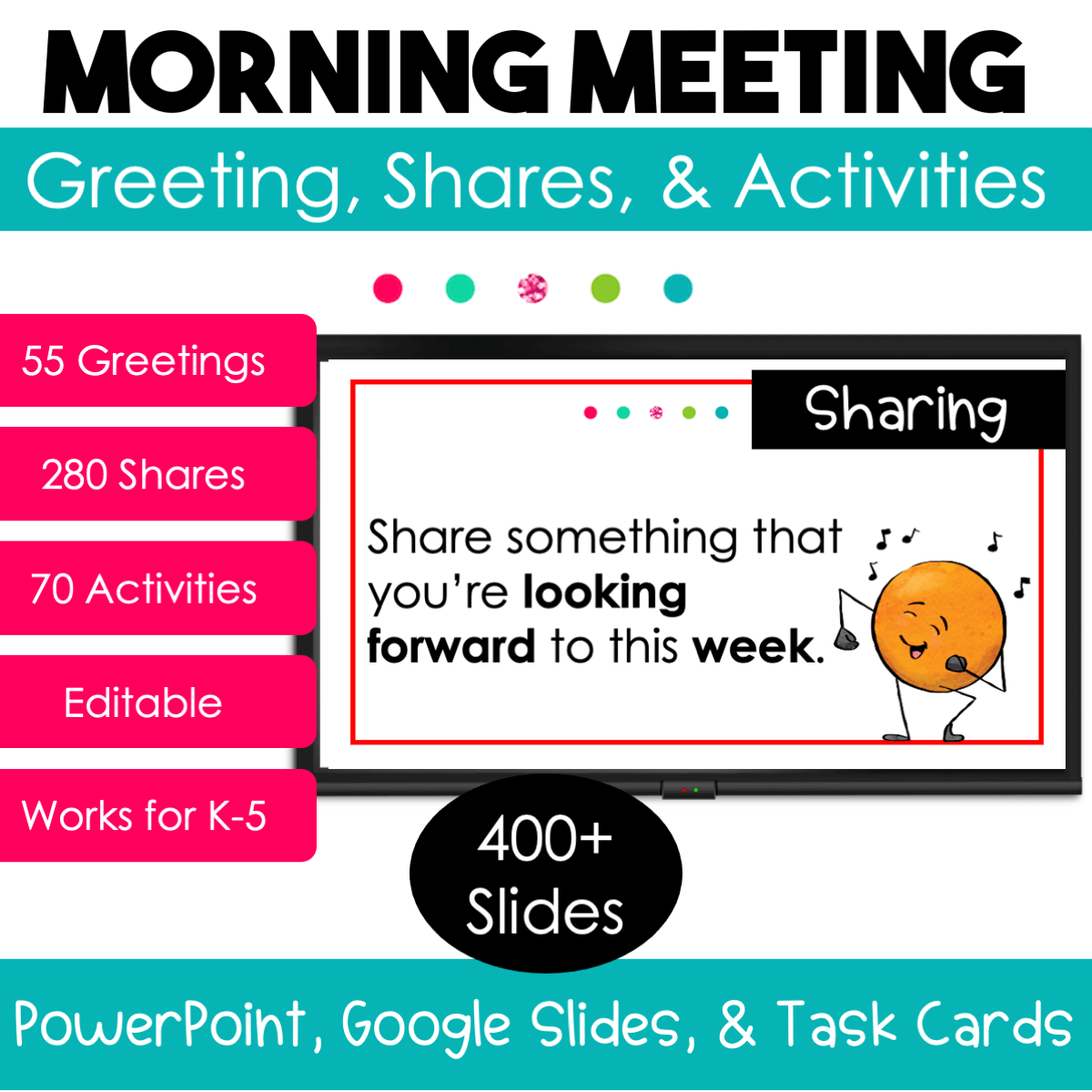
Once your routines for materials are in place, it’s just as important to set the tone for the day. That’s where Morning Meeting comes in! I use it to teach expectations, build community, and practice skills like listening, sharing, and problem-solving—right from the start of the day.
If you’re looking for easy, done-for-you slides that walk you through every day of the year, check out my Morning Meeting Slides. They’re editable, low-prep, and aligned with what your students need most during those first few weeks (and beyond).
Grab them HERE!
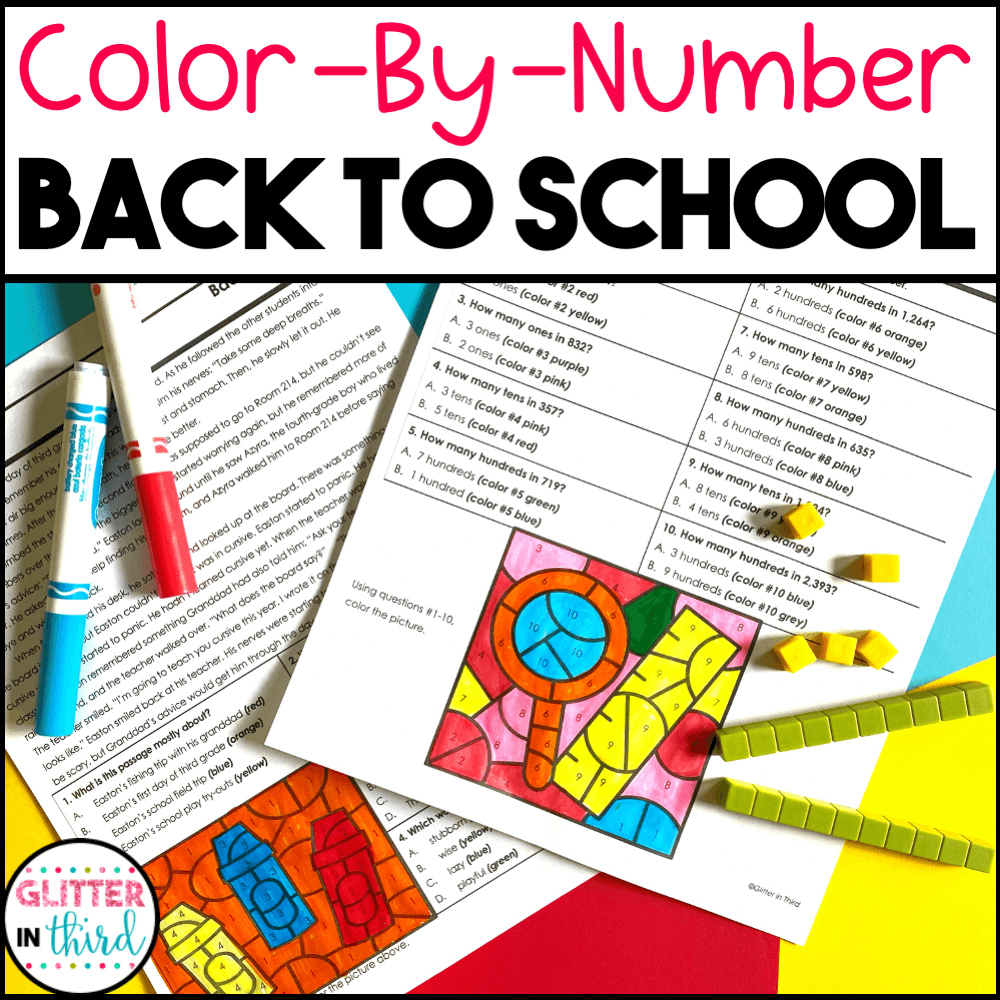
Grab two of my most popular color-by-number activities—one for place value and one for reading comprehension—absolutely free! Just leave your email below, and I’ll send them straight to your inbox. Perfect for a fun, low-prep way to review key skills during those first busy weeks of school!
Tables can absolutely work in an upper elementary classroom—you just need a solid plan for materials. With a few smart systems in place (and a little student training), you’ll find that tables can lead to more teamwork, smoother routines, and a classroom that feels good to be in.

Hey there, I’m Kelly! I I love helping teachers save time with technology and resources so they have more hours in the day to spend with family and friends. Take a look around to find new ideas that you can implement in your classroom today!